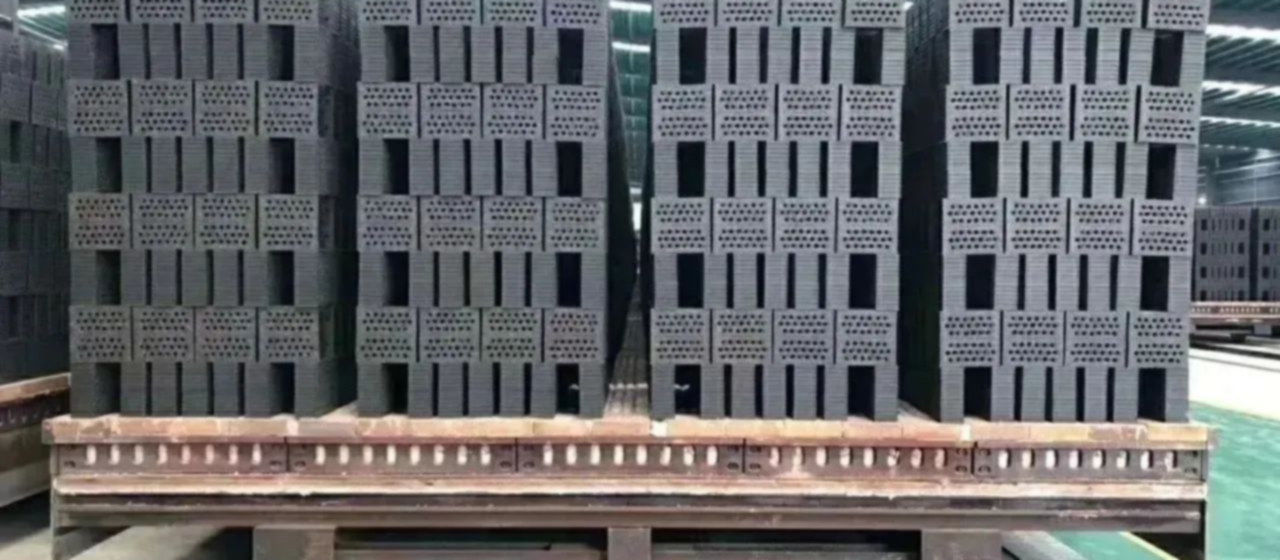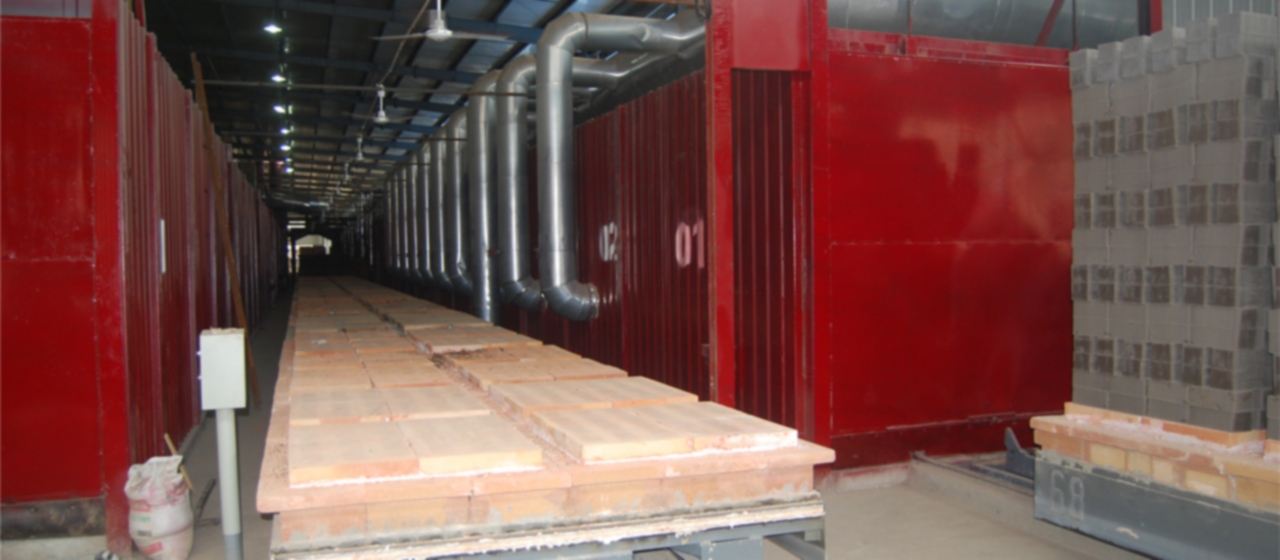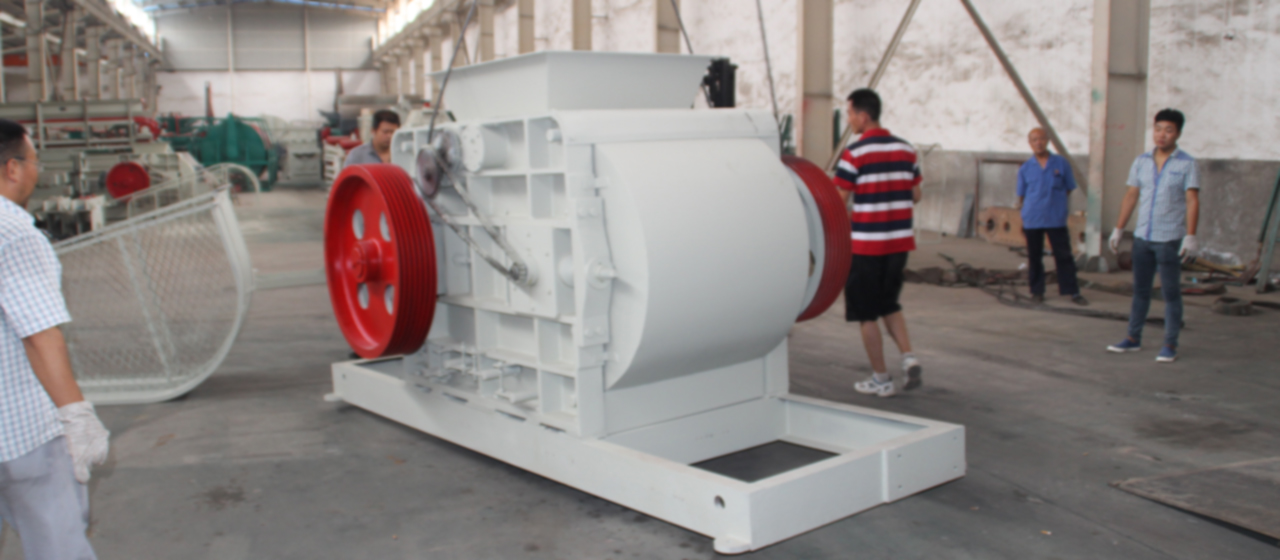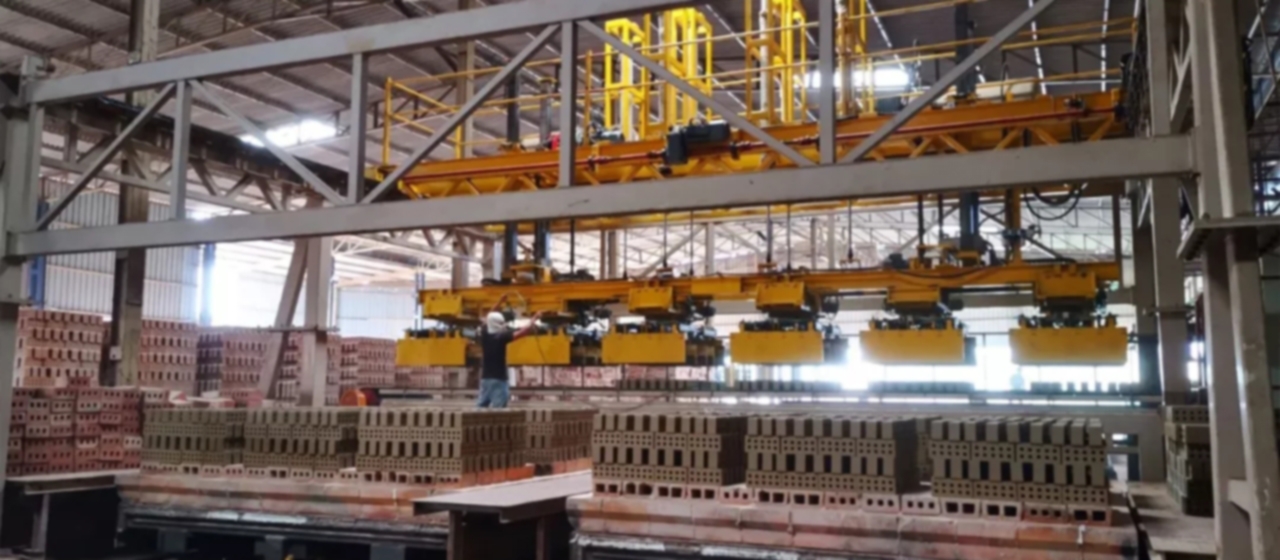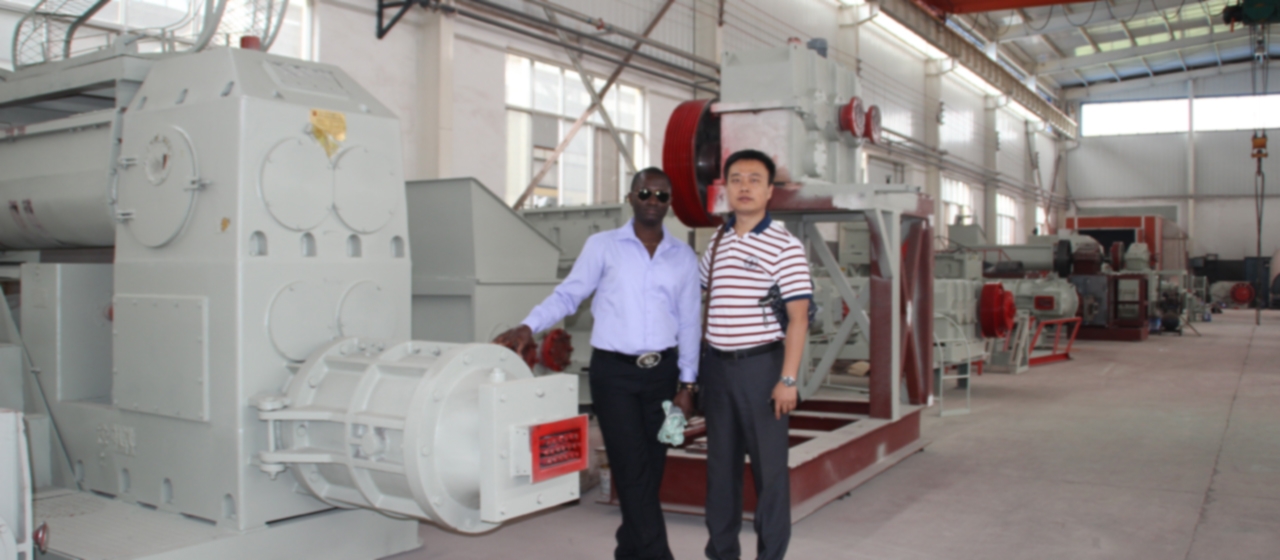Die chemische Zusammensetzungsanalyse der Rohstoffe zur Herstellung von Ziegeln herstellen
In der traditionellen Methode zum Testen von Sinterfiegel- und Fliesenrohstoffen, Die Analyse der chemischen Zusammensetzungsanalyse der Rohstoffe für Ziegelherstellung besteht darin, die im Experiment verwendeten Rohstoffe vollständig zu einem konstanten Gewicht zu trocknen, und verbrenne sie dann bei einer Temperatur von rund um 850 ℃ um verschiedene Chemikalien zu bestimmen. So the pyrite in raw materials such as coal gangue (Schiefer, certain clays, etc.) has already started to decompose and has evaporated most of the sulfur. Because pyrite (FeS2) and carbon decompose and oxidize at the same temperature, SO2 gas is released at 588 ℃. Especially for raw materials such as coal gangue, some contain a large amount of pyrite (commonly known as pyrite eggs). It should be specifically mentioned that the washing gangue selected by the coal washing plant is washed, because one of the main purposes of coal washing is to remove sulfides from coal and reduce the total sulfur content in coal. Deswegen, traditional chemical analysis methods cannot truly reflect the true characteristic properties of such materials. The following table shows the ratio of SO3, total sulfur content measured at room temperature, and SO3 content measured after calcination at 850 ℃:
Sulfur content determined by traditional chemical analysis methods under normal temperature conditions
The above table clearly indicates that the SO3 data provided by traditional chemical analysis methods is far from the actual SO3 content in materials, which provides misleading data for environmental assessment, plant design, equipment selection, and even process planning of construction projects. The national standard GB9078-1996 “Emission Standards for Air Pollutants from Industrial Kilns” has strict regulations on the emission of SO2 from brick and tile industrial kilns, and the exclusion of SO2 is not allowed in Class I areas; Only emissions below 850mg/Nm3 are allowed in Class II areas; Emissions within Class III zones are only allowed under conditions of less than 1200mg/Nm3. The data obtained from the two samples using traditional chemical analysis methods did not exceed the emission standards in the Class II zone. Jedoch, the SO3 or total sulfur data measured at room temperature exceeded the emission standards set by the national standards for Class II zones. In der Tat, the SO3 data determined by traditional chemical analysis methods are mostly sulfates (such as calcium sulfate CaSO4) bound to alkaline earth metals. During the calcination process, a small amount of reaction with silicates occurs when the temperature exceeds 1055 ℃, releasing SO2 gas. Jedoch, the majority of calcium sulfate may not participate in the reaction and still remain in the product.

